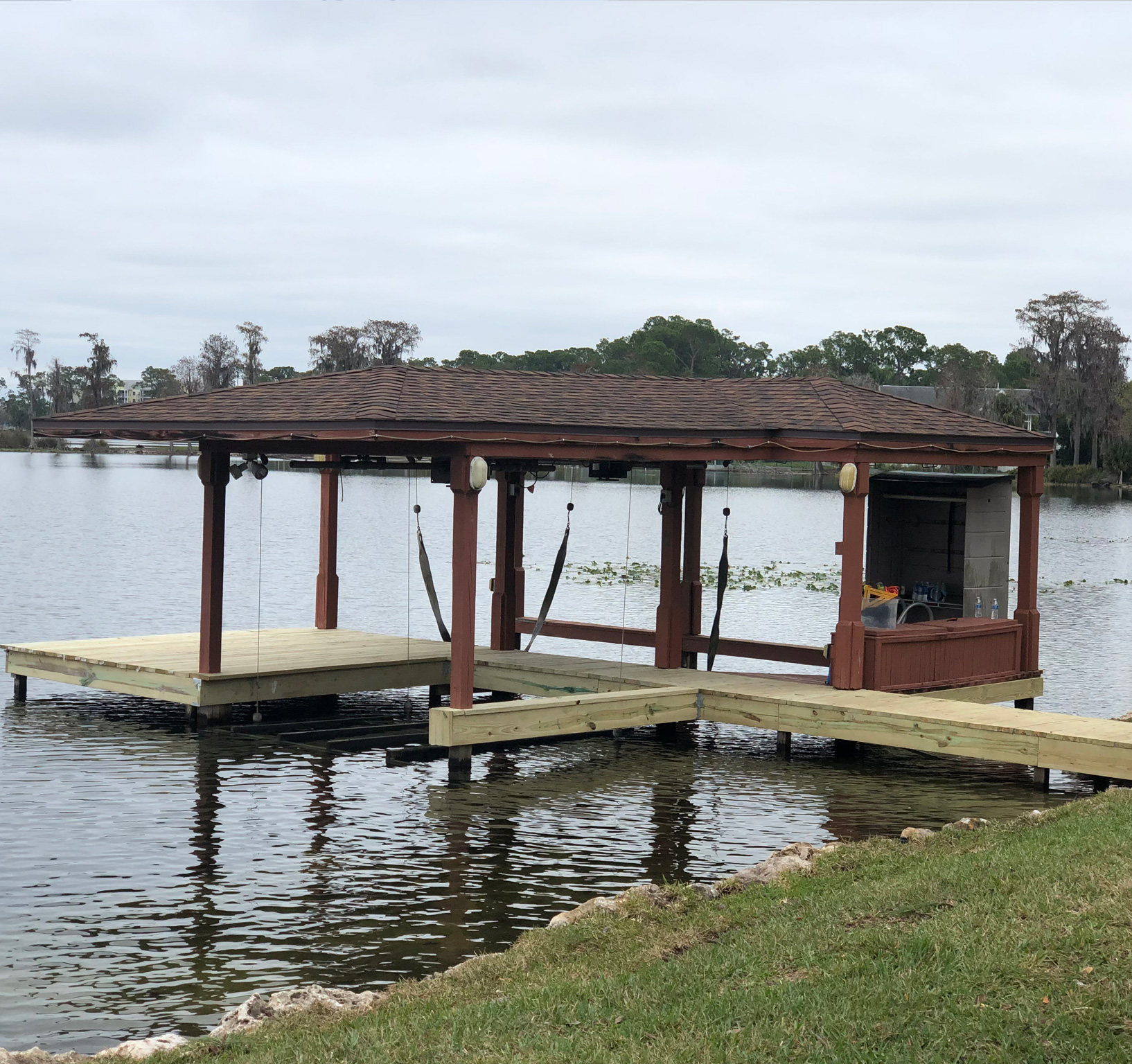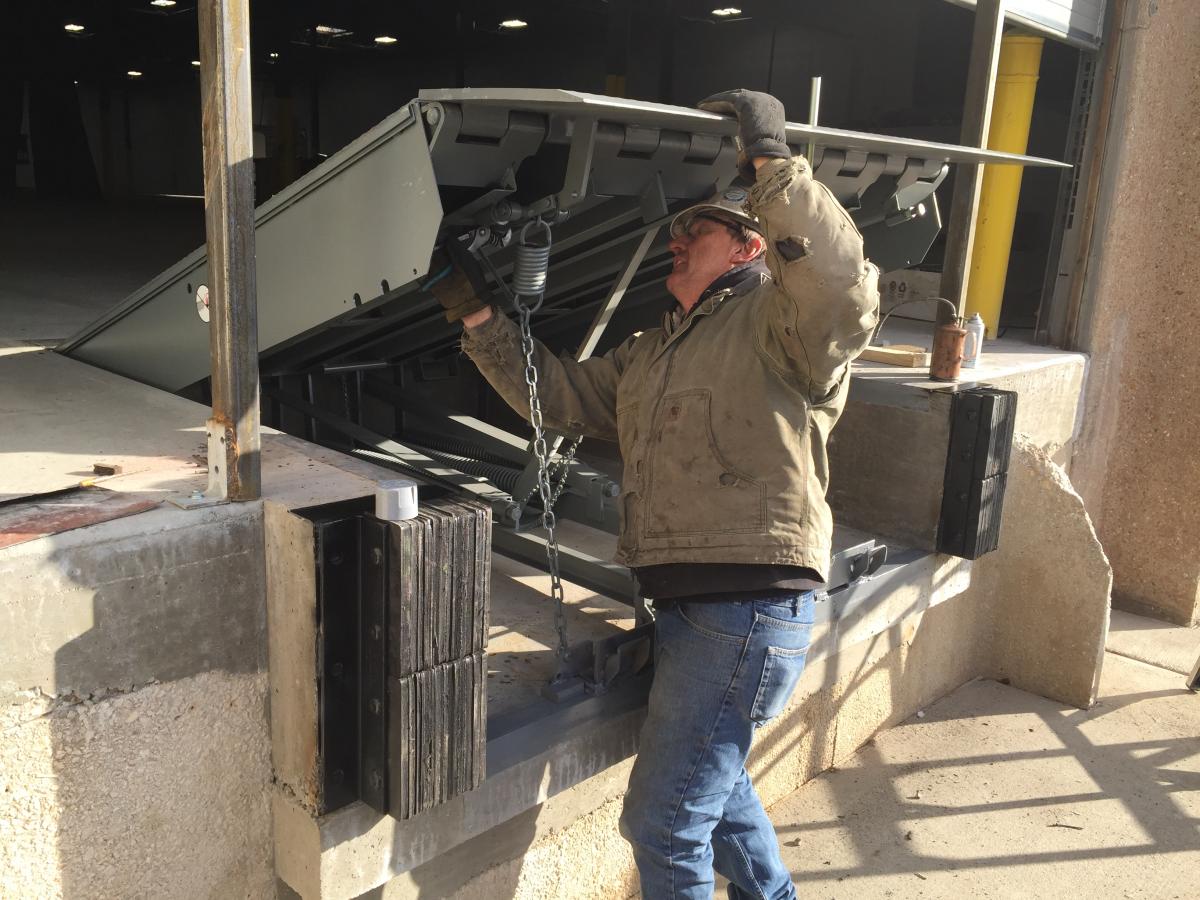Important Guide to Budget Friendly Dock Repairs for Homeowners
Wiki Article
Reliable Dock Fixing Techniques: Making Certain Structural Integrity
Guaranteeing the structural integrity of anchors via reliable fixing strategies is extremely important for the long life and safety and security of aquatic centers. This entails a multi-faceted strategy beginning with detailed assessments making use of innovative innovations like finder devices and remotely ran cars (ROVs) to find both visible and concealed damages. Consequently, choosing the best repair products, such as composite products and corrosion-resistant alloys, is vital for longevity. Structural reinforcement approaches, including the implementation of cross-bracing systems and load-distribution plates, play an essential function in mitigating stress and anxiety factors. Nonetheless, the importance of these techniques ends up being evident when discovering sophisticated repair methods and preventative upkeep techniques.Analyzing Dock Damages
Evaluating dock damages is an essential first step in ensuring the architectural stability and safety of any docking center. This initial assessment includes a thorough inspection to determine both surprise and visible damages. Secret elements to take a look at consist of the dock's structure, pilings, outdoor decking, and equipment. Each component must be scrutinized for signs of wear, rot, rust, or other types of deterioration that might jeopardize the architectural stability.Structural engineers or certified assessors typically carry out these assessments utilizing specialized strategies and devices. For circumstances, undersea assessments could utilize sonar equipment or remotely operated vehicles (ROVs) to detect immersed damages. Above water, visual examinations are enhanced by utilizing moisture meters and various other analysis tools to reveal underlying problems not right away visible to the nude eye.

Deciding On Fixing Materials
Selecting the ideal repair service products is a crucial action in the dock restoration process, one that directly influences the longevity and performance of the repaired structure. Material choice need to be driven by variables such as ecological problems, load-bearing needs, and compatibility with existing dock components. Timber is a standard option for docks due to its natural durability and visual charm. Selecting the right kind of timber, such as pressure-treated lumber or naturally rot-resistant species like cedar or teak wood, is vital to endure water environments.Along with timber, composite materials are increasingly preferred because of their sturdiness and reduced maintenance needs. Composites, generally made from a mix of plastic and wood fibers, supply outstanding resistance to rot, pests, and UV damage. For steel docks, picking corrosion-resistant alloys such as galvanized steel or marine-grade light weight aluminum is important to stop corrosion and make sure architectural stability in saline water problems.
Epoxy resins and marine-grade sealers are indispensable for repairing fractures and securing joints, providing a water resistant obstacle and boosting the dock's overall strength. By thoroughly picking high-quality materials, dock repair services can attain long-lasting results, thus securing versus future destruction and ensuring risk-free, trustworthy usage.
Architectural Support Strategies
Effective structural reinforcement methods are vital in making certain the stability and long life of dock fixings. This approach is specifically reliable for anchors subjected to heavy lots or harsh ecological problems.An additional vital method is the application of fiber-reinforced polymers (FRP) These materials use high strength-to-weight proportions and excellent resistance to deterioration, making them perfect for strengthening wood or concrete docks. FRP can be applied in strips or sheets and adhered with epoxy resins to boost architectural honesty.
Bracing and securing systems likewise play a useful source vital function in architectural support. Cross-bracing, using steel or wood beam of lights, can counteract side pressures, lowering guiding and activity. Securing systems, such as helical piers or driven heaps, supply a stable foundation by moving lots to deeper, more secure soil layers.
Last but not least, the assimilation of load-distribution plates can help distribute weight extra uniformly across the dock's surface, minimizing local anxiety points. These methods jointly ensure that docks remain secure and robust, with the ability of holding up against the rigors of their operational setting.
Advanced Fixing Methods

One more advanced find out this here technique involves underwater welding, which enables repair services to be performed without the demand to dewater the location. This approach is especially beneficial for attending to structural concerns in immersed dock parts, ensuring marginal interruption to operations. Boosted welding techniques, paired with robotic systems, supply precision and reliability, therefore extending the life-span of the dock.
Additionally, cathodic defense systems are implemented to prevent rust in metal dock structures. By using sacrificial anodes or amazed present systems, these strategies properly reduce the electrochemical procedures that lead to material wear and tear.
Lastly, advanced tracking technologies, such as architectural health monitoring (SHM) systems, provide real-time data on the condition of dock structures. These systems make it possible for aggressive maintenance and prompt treatments, ultimately ensuring the long-term architectural honesty of the dock.
Upkeep and Avoidance
Upkeep and prevention are basic concepts that underpin the longevity and safety of dock frameworks. Normal examinations are paramount, permitting early detection of deterioration, possible weak points, and ecological influences. An aggressive strategy, entailing routine look for rust, rot, and structural changes, minimizes costly repair work and prolongs the dock's operational life.Precautionary actions need to include applying safety coatings to steel components to defend against corrosion and making use of treated wood to resist degeneration. Furthermore, making sure correct water drainage and ventilation can prevent water buildup, which is an usual source of structural deterioration. Including top quality materials and adhering to supplier guidelines throughout construction and repair service stages additionally play vital functions in enhancing longevity.

Educating personnel in dock upkeep ideal practices ensures consistent application of safety nets. Leveraging technological advancements, such as drones for evaluations and sensing units for real-time tracking, can further enhance upkeep initiatives. By focusing on upkeep and prevention, dock proprietors can make certain structural integrity, functional safety, and cost-effective monitoring over the dock's life-span.
Final Thought
In verdict, preserving the architectural integrity of aquatic facilities demands extensive dock repair service techniques. Advanced repair strategies, paired with normal upkeep techniques, guarantee the dock continues to be functional and secure under diverse ecological problems.Guaranteeing the architectural stability of docks through effective repair work strategies is paramount for the durability and safety and security of marine centers.Selecting the suitable repair work products is a pivotal step in the dock remediation procedure, one that straight influences the durability and efficiency of the repaired structure.Efficient structural support techniques are essential in guaranteeing the security and durability of dock fixings. By prioritizing upkeep and avoidance, dock proprietors can guarantee architectural honesty, functional safety and security, and cost-efficient administration over the dock's life expectancy.
In conclusion, maintaining the structural honesty of aquatic facilities demands detailed dock repair techniques.
Report this wiki page